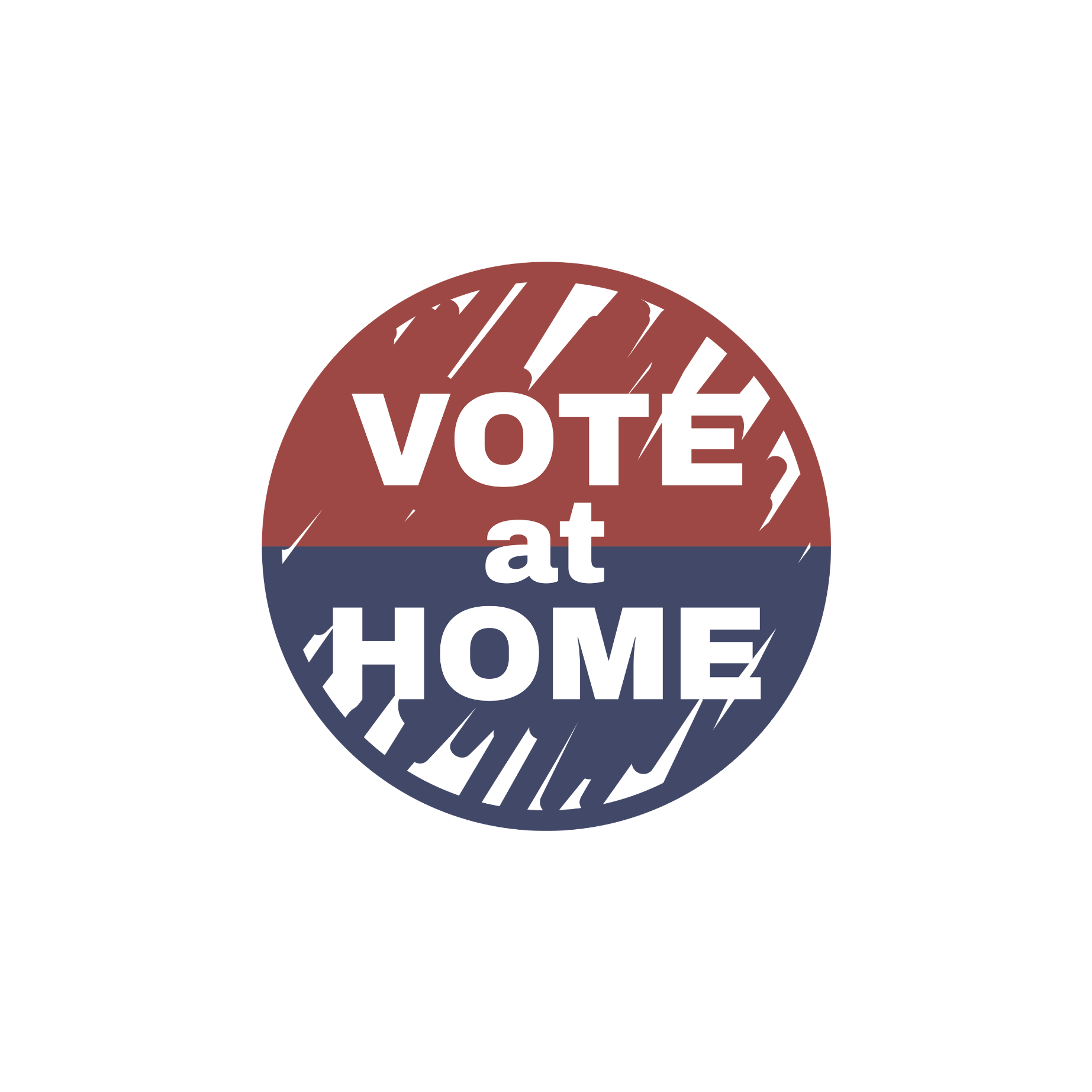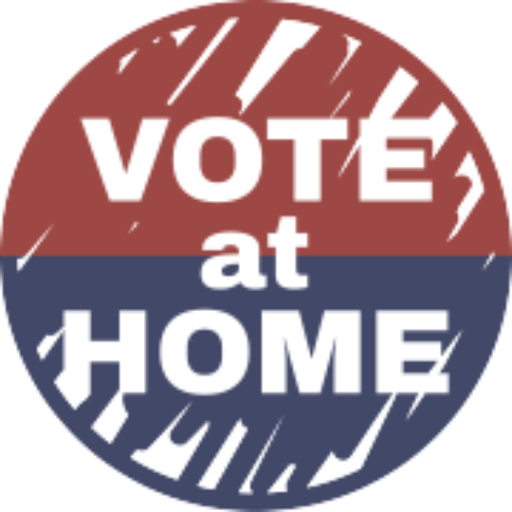National Vote at Home Institute — The United States Postal Service has been the bedrock service of much of American history. It predates the constitution, and has helped our country to establish itself, grow and thrive for more than 200 years. Since the passage by Congress of the Postal Reorganization Act of 1970, the USPS has functioned independently of the federal government, and is completely self-funding, receiving no tax revenue. The guarantee of universal postal delivery at a single price is a large part of the faith and trust that the American people put in their postal service, and why it has helped voting by mail to thrive since it first began as absentee voting during the Civil War.
The threat to take over the USPS and bring it under the management of the Commerce Department puts many services that we take for granted at risk, from delivering vital medication to delivering a ballot. We’ve already seen attacks on the USPS, and removing its independence poses serious questions.
The most obvious is the threat of privatizing the USPS, selling off the most profitable routes while putting universal service in peril. Next is the potential politicization of the Postal Service. The current administration demonstrates on a daily basis their enthusiasm for seeking revenge on political opponents. It is not a stretch to envision bans on mailing items they don’t like, or differing postal rates for friends vs. enemies.
Both of those risks combine to threaten the future of Vote at Home, also known as vote by mail or absentee voting. In the 2024 election, a third of all voters used mail ballots to make their voice heard. They Vote at Home because it’s convenient, delivering their ballot directly to them, so they don’t have to worry about child care or work schedules or weather events preventing them from voting. They Vote at Home because it gives them more time to research every race on the ballot and be a more informed voter. And they Vote at Home because their local election administrators trust the USPS to deliver every ballot to every address in their community for the same price; and they trust the USPS to deliver every one of their ballots back to be counted, no matter where they live or who they’re voting for.
All of those elements will be at risk with a Postal Service that loses its independence under the control of this administration, and the greatest risk is loss of trust. Confidence in voting is one of the most important elements of a successful democracy – confidence that your vote makes a difference, that your vote counts, and that every vote will be received, counted and treated equally.




